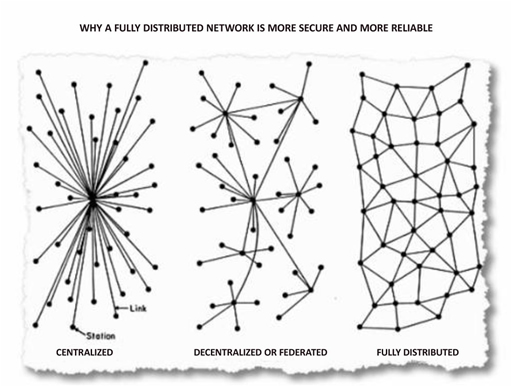Saw this rather interesting article in the UK Guardian – the article itself is a little older, but it was referenced in a more recent article looking back at the start of Colony Collapse Disorder – I thought it both interesting on a personal level – I like the things that bees cause to happen – but also about the way that we can look to ideas from nature about the most effective ways to put networks together.
“Distributed networks are not just for Silicon Valley. Or silicon alleys – Plan Bee in the UK proposes a carbon-based distributed network – composed of wildflowers aimed at increasing the bandwidth of bees.” Plan Bee reinvigorates insect urban planning, growing bee corridors or roads composed of various wildflowers, through which bees can fly and hopefully feed and thrive. But the corridors don’t need to be continuous – just close enough that a bee could fly from one patch to another and return to dance the trail. Distributed.
The great thing about distributed networks is that you don’t need consensus or monolithic modernist structures (or infrastructures). You don’t need heavy investment.

You don’t need to change your life. Much. You just need nodes. In this case enough backyards, or highway shoulders, all can be nodes. Them you seed them and watch transmissions begin.
What this article does talk about is the idea that a fully distributed network does not need to be expensive, or detailed, or complex for it to be extensive, self-regulating and effective. Just in case you are not sure how a network like this would look see the diagram below. And watch this space.

